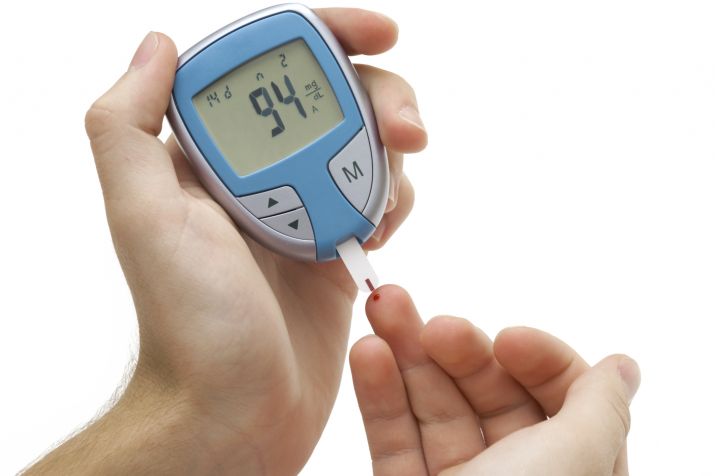When newly diagnosed with diabetes, patient’s must spend time learning about ways to best manage their disease state. One of the many ways to do this is through self-monitoring. This not only helps the patient to have authority over their health, but also great information for them to present to their physicians to review for better management through medications (or insulin regimens).

Photo obtained: https://www.indiatvnews.com/lifestyle/news-self-monitoring-devices-may-not-help-type-2-diabetes-patients-study-386107
Your doctor will let you know in the beginning how many times that they would like for you to test, but some of the most common times to test are:
• Fasting in the morning (<120mg/dl)
• Post prandial – which means 2 hours post meals (<140mg/dl)
• Pre-lunch or pre-dinner (90-130mg/dl)
Some diabetic patients experience the “Dawn effect” which is where the liver produces glucose (gluconeogenesis) during the night when sugar gets low therefore fasting values will be higher. When a patient eats a meal, glucose increases and then the pancreas releases insulin which allows the body to move the glucose molecules from the blood stream into the body’s cells. When insulin resistant, you might not get that benefit which allows the glucose to stay in your bloodstream and cause negative health outcomes in the long run. Therefore, it is important to test and get this under control.
A glucometer should be given to you when diagnosed and there are many different brands. Ask your pharmacist how to use your glucometer if you are unfamiliar and they can assist you. You also may be given a continuous glucose monitor that you put on your arm to be able to record minute by minute glucose readings.
All of the values of your glucose throughout a 3-month period is put into an average called your hemoglobin A1C, and the normal guideline recommendation per the American Diabetes Association is any value <7%.
Some other ways that you can monitor your diabetes is to make sure that you are getting regular eye exams and foot exams. Patient’s also should be monitored for their kidney function and lipid function.
We are currently enrolling patients that are on Metformin with some other classifications. If you think that you might be eligible, please see THIS link.
HERE is where you can find the different trials that we are currently running. If you or someone you know would be eligible, please don’t hesitate to reach out to us and we are more than willing to answer any questions you may have.
